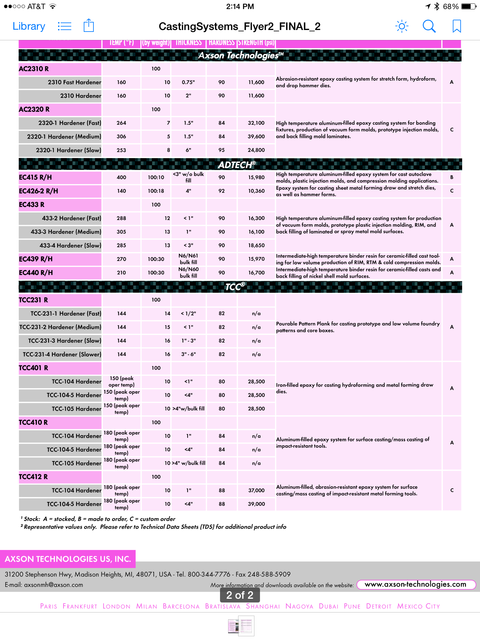I’m making an air inlet tube for a track car (Pre filter so low pressure). Initially it’s a 1 off to let us learn some new techniques, but we’d like to be able to sell it in the future if there is interest, so in an ideal world I’d like to get 20ish pulls from it. The part is made in a 4 part female mould to give an external A-surface.
We’ve made it out of easy composites Uni mould tooling system, which has been good so far for more open shapes, but this part doesn’t want to bolt together very nicely at all. It went a bit wrong from the start in that I had some advice from a friend who uses carbon epoxy tooling who suggested breaking the 1st 2 quadrants of mould off the pattern to get the joint edge really nice, but (it would seem) because it cures with an exotherm at 60degC it wouldn’t go back together nicely with the pattern. With the complete mould made I needed to use a clamp to pull the parts together. We used small pyramid locators, but they don’t engage very well, exacerbating the issue. Understandably, the tool is suffering quite a lot after just a could of pulls, I’ll be surprised if it lasts more than 5, let alone 20.
Obviously we won’t break apart future efforts until the whole mould is made, and we’ll also use a better location system. But basically I’m trying to figure it if the tooling system is OK, and it was our execution that was wrong, or if I should be looking at other techniques before having another punt…


